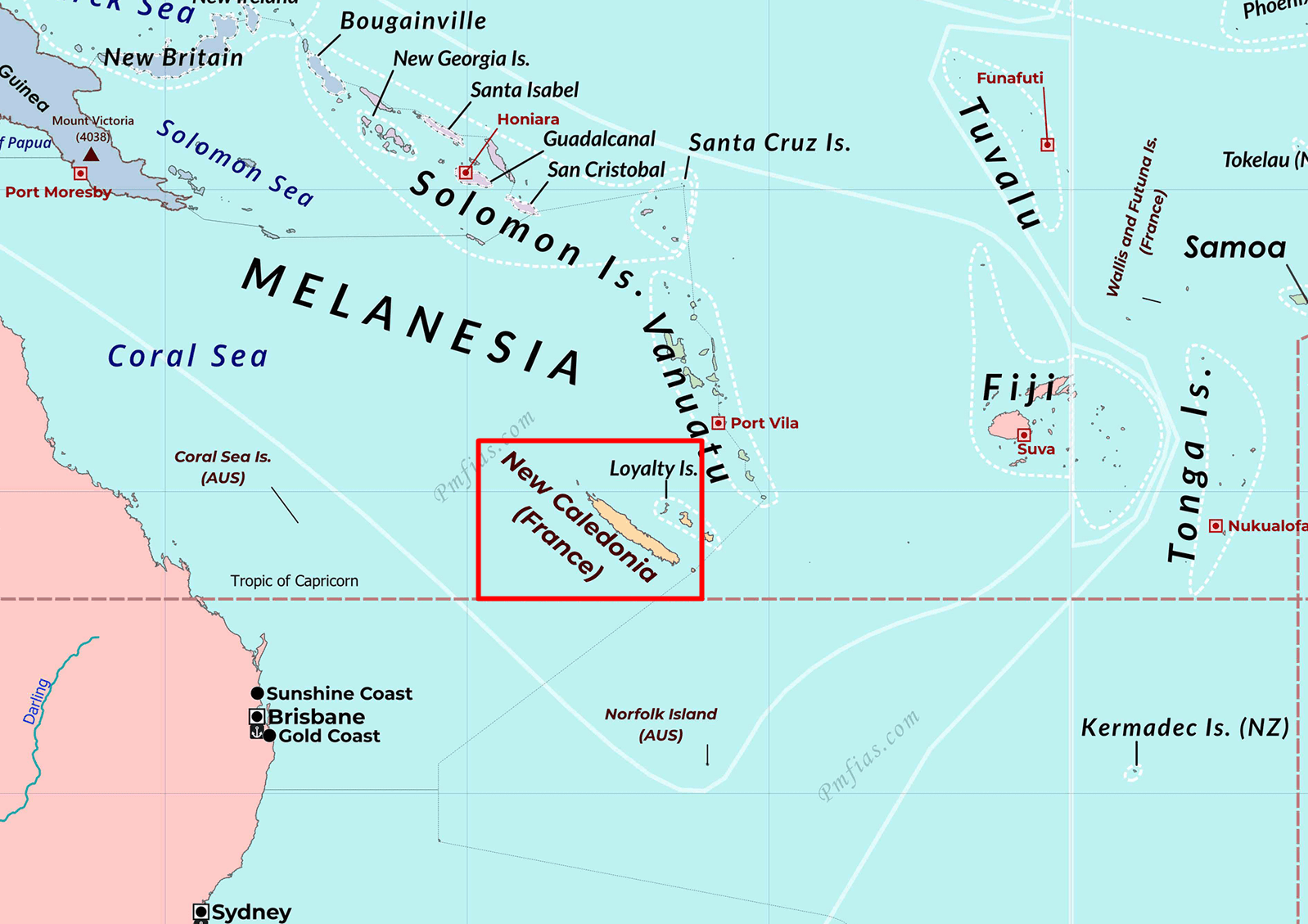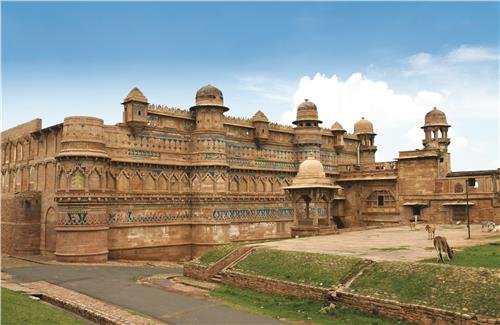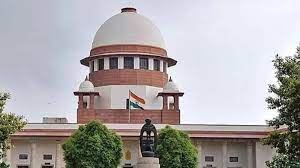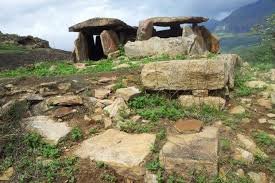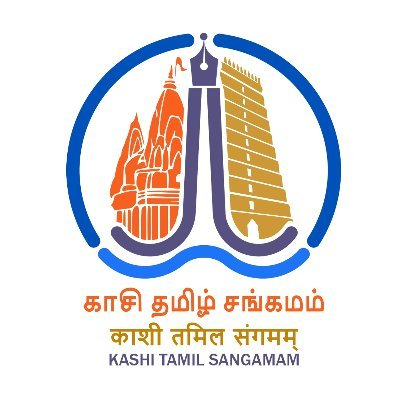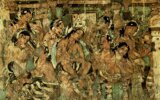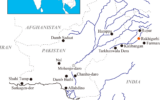
131 years of Pietermaritzburg incident
Subscribers of "Current Affairs" course can Download Daily Current Affairs in PDF/DOC
Subscribe to Never Miss an Important Update! Assured Discounts on New Products!
Must Join PMF IAS Telegram Channel & PMF IAS History Telegram Channel
- Context (IE): Gandhiji’s life transformed after the Pietermaritzburg incident.
Pietermaritzburg incident
- Mohandas Karamchand Gandhi arrived in South Africa on 24 May 1893 to attend to a legal matter of Durban-based merchant Dada Abdullah Jhaveri.
- The incident occurred in 1893 when a railway official demanded Gandhiji shift from his “whites-only” first-class compartment to a third-class compartment.
- Despite resistance, he was thrown out at the Pietermaritzburg station. Gandhiji resolved to fight this racial discrimination and injustice.
- He mentioned the incident as “symptom of the deep disease of colour prejudice” in his autobiography.
Gandhiji in South Africa
Resistance by Natal Indian Congress (NIC)
- The NIC (Natal Indian Congress) was the first of the Indian Congresses to be formed.
- It was established in 1894 by Mahatma Gandhi to fight discrimination against Indian traders in Natal.
- It was formed to resist a bill by the Natal Legislative Assembly to disenfranchise the Indians.
- Within a month, a monster petition bearing 10,000 signatures was presented to Lord Ripon, Colonial Secretary, and the agitation compelled the British Government to disallow the Bill.
- However, in 1896, the Bill finally became law. The act did not mention the Indians but merely disqualified those who were not of European origin.
- First time that the Indian people had not only participated in but organised an agitational campaign.
Support in Boer wars
- Gandhi founded an Ambulance Corps in support of the British in the Anglo-Boer War of 1899-1902.
- He thought that support for the British would translate into better conditions for Indians in Transvaal.
- He founded the Transvaal British Indian Association in 1903 in Johannesburg.
- The British-Boer understanding after the War led to further restrictions on Indians in Transvaal.
Phoenix farm
- English artist John Ruskin‘s book Unto This Last inspired Gandhi to set up Phoenix Farm near Durban.
- Gandhi trained his cadres on non-violent Satyagraha or peaceful restraint here.
- Phoenix Farm is considered the birthplace of Satyagraha. However, it was at Tolstoy Farm, Gandhi’s second camp in South Africa, that Satyagraha was moulded into a weapon of protest.
Path of Nonviolent Resistance
- He legally defended Indian traders against discrimination, countering efforts to disenfranchise them.
- He wrote a ‘guidebook’ for Indian students, reflecting his commitment to personal & professional growth.
- Gandhi both theorised and practised satyagraha in South Africa, including writing letters, articles and petitions to mass mobilisation and seeking imprisonment.
- Gandhi was sentenced to four terms imprisonment in South Africa during his Satyagraha campaigns.
- These methods influenced other movements, from Martin Luther King Jr.’s Civil Rights Movement in the United States to Nelson Mandela’s struggle against apartheid.
Satyagraha
- The term ‘Satyagraha’ is derived from ‘satya’ (truth) and ‘agraha’ (insistence or truth-force), and its practitioners are called Satyagrahis.
- It was his newspaper weekly ‘Indian Opinion’ through which the word Satyagraha was coined.
|







![PMF IAS Environment for UPSC 2022-23 [paperback] PMF IAS [Nov 30, 2021]…](https://pmfias.b-cdn.net/wp-content/uploads/2024/04/pmfiasenvironmentforupsc2022-23paperbackpmfiasnov302021.jpg)

